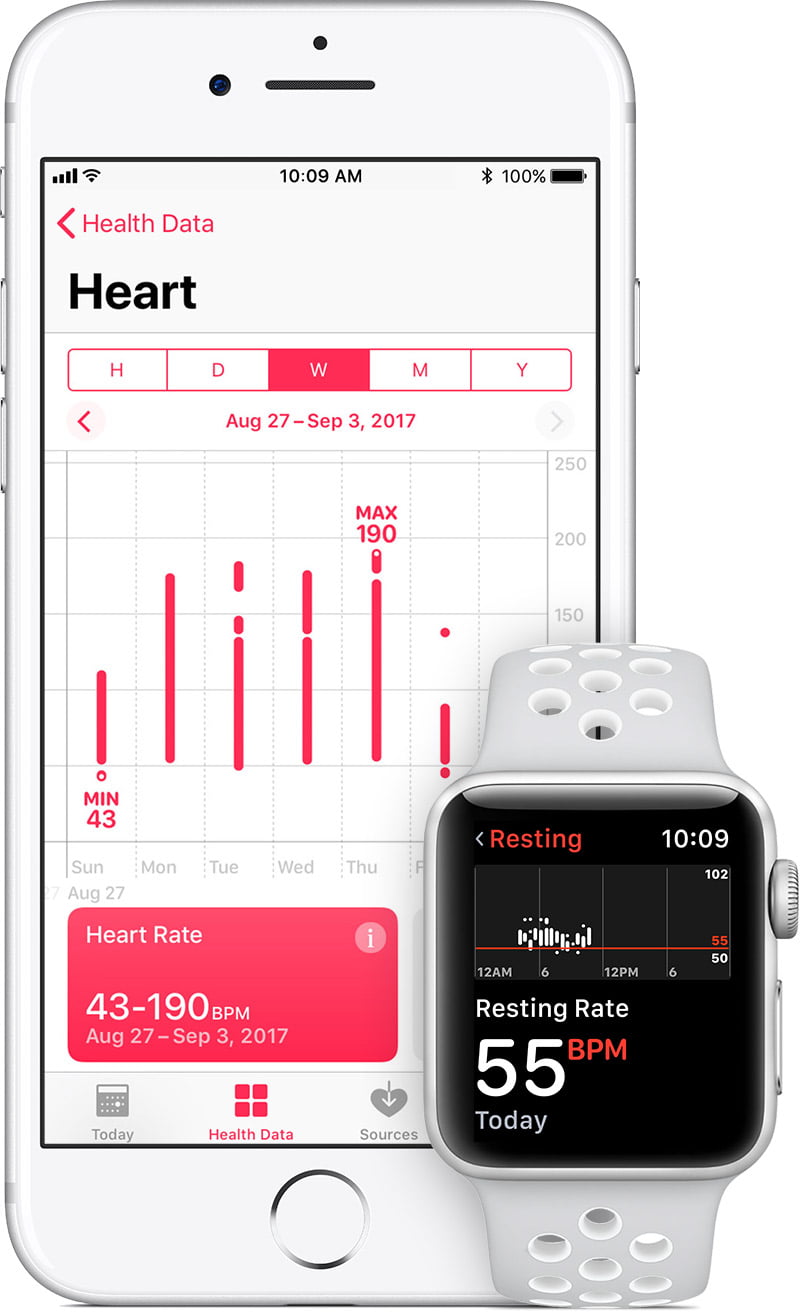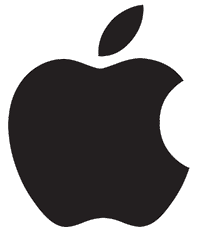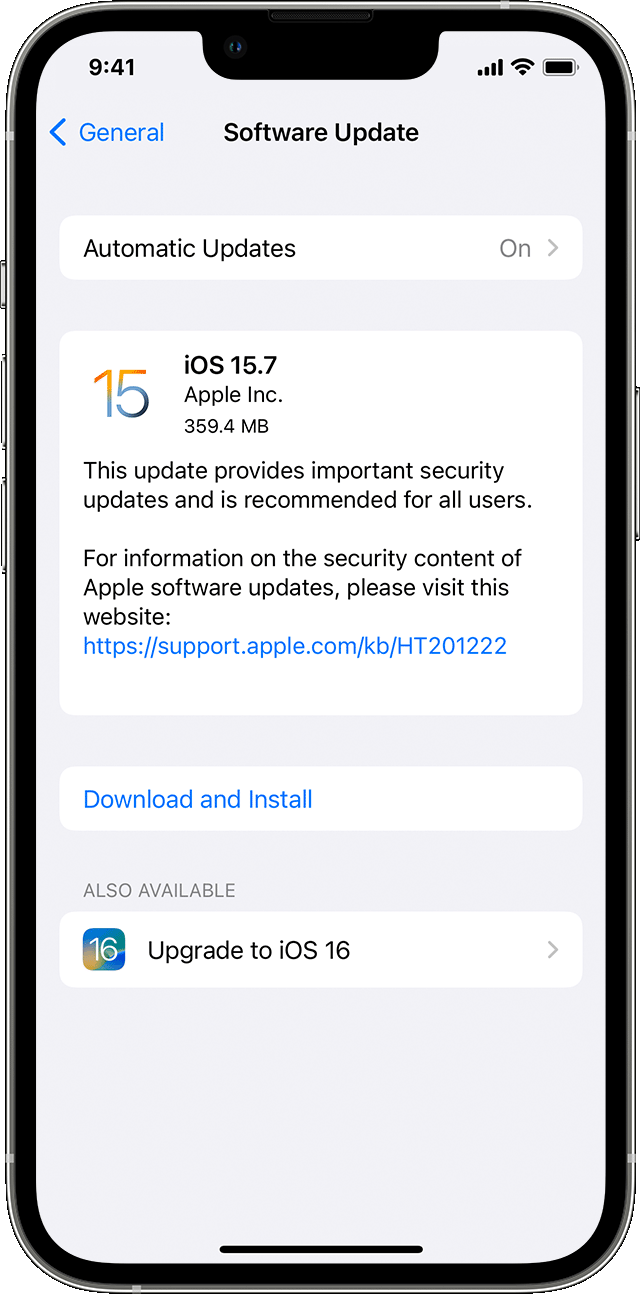How to improve your Apple Watch heart rate measurements
The Apple Watch has proven to have the most accurate heart rate monitor installed in a device of its kind. The Apple Wearable has already managed to save the lives of several of its users by detecting arrhythmias and other coronary conditions.
This has led many people to adopt it to keep track of their heart and there are even doctors who recommend it to patients who they suspect may have a heart problem.

Despite its accuracy in measuring heart rate, it is important to keep in mind certain things to make these measurements possible and in the following lines you will find some tips to improve the heart rate measurements of the Apple Watch .
Here are 6 simple, easy-to-apply tips that will enable the Apple Smart Clock to keep better track of your heart rate, giving you better information about what’s happening with your heart.
Ready to make your Apple Watch even more accurate? Here are our tips for improving Apple Wearable heart rate measurements.
1.- Choose the right training
The Apple Watch has the ability to automatically detect the type of training you’re doing, but sometimes it can be wrong and this can be a problem.
That is why it is best to choose exactly the training you are doing so that the movement detection is more in line with the type of exercise you are doing . After all, you don’t move the same if you are doing yoga as if you are swimming in a pool.
2.- Tighten the strap
Failure to properly adjust the strap is a fairly common error that causes more false readings in the Apple Watch.
The Apple Watch should be in constant contact with the skin, but should not be too tight and, of course, not too loose either . Keeping the strap tight is essential in order to prevent the watch from moving too much (especially during training sessions where the movements will be more abrupt) and to be able to read the pulse correctly.
Returning to the subject of training… You may want to tighten the strap a little more during your workouts. It’s okay to do so, but remember to loosen it again when you’re done so that it’s not too tight and uncomfortable for day-to-day use; this is not necessary.
3.- Activate the Wrist Detection function
Activating this function is essential, as otherwise the Apple Watch will not take heart rate readings in the background.
If you are not sure if it is activated, access the Watch app on the iPhone associated with the device and activate the function Wrist detection within My watch – Code .
In addition, activating this option as well is highly recommended for security reasons . By activating it, no one will be able to access your Apple Watch without knowing the activation code when you take it off your wrist.
4.- Keep your health data updated
The Apple Watch needs to know certain facts about you in order to provide you with more reliable information. That’s why we recommend that you keep the health information on your device up to date.
Set your date of birth correctly so I can calculate your age, if you are male or female, height, weight… You can do all this from the app My watch – Health .
5.- Avoid placing the watch on tattoos, moles or skin spots
Shortly after its release, it was discovered that the Apple Watch does not correctly measure the heart rate if it is placed on tattoos, although it can also give bad readings if there are large moles or other types of skin sores on the wrist.
Due to the way the sensor works it is difficult to avoid this, so if you want to obtain more precise measurements and you have one of these impediments on one of your wrists, it is best to place the watch on the other .
6.- Calibrate the Apple Watch from time to time
In this article you can find information on how to calibrate your Apple Watch, something that is advisable to do on a regular basis from time to time .
It is important to mention that this calibration is not only intended to improve the measurements of the heart rate sensor, but will adjust all the sensors to work more accurately.
Do you know any other tips or tricks to make Apple Watch measurements more accurate? Can you help us complete this article from the comments?






